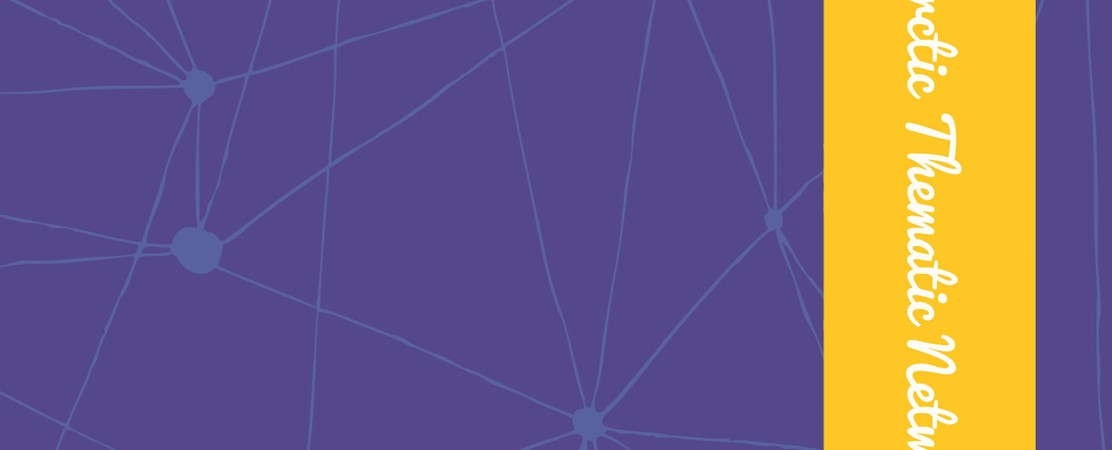Shortening the Time from Observing to Decision-making in the Arctic

By Olivia Lee, Assistant Professor, International Arctic Research Center, University of Alaska Fairbanks and Finn Danielsen, Lead of the UArctic Thematic Network on Collaborative Resource Management, Dr.Scient., Nordisk Fond for Miljø og Udvikling In collaboration with Hiroyuki Enomoto, Lene K. Holm, Mark Nuttall, Martin Enghoff and Natsuhiko Otsuka
The distribution of life on Earth is experiencing dramatic effects from the most rapid climate-driven change in 25,000 years. As local environments face the effects of climate change, we see many species move up mountains, deeper into seas, and towards the poles. This impacts economies, human well-being, governance, ecosystems, and even the climate itself.
We need a shorter response time from observing to action to keep up with the rapid redistribution of species in the Arctic. One solution is adaptive governance of the natural resources. This requires cross-weaving of knowledge and sharing experiences from indigenous, industry, community-based, and academic perspectives. The recently established UArctic Thematic Network on Collaborative Resource Management mobilizes education and research institutions to increase the number of Arctic resource managers and scientists who can use participatory approaches to natural resource management and monitoring in practice.
Our efforts build on what we learned from an experience exchange workshop at Hokkaido University in June 2019 that brought together community-based monitoring practitioners, researchers, and natural resource managers. The diverse perspectives from experiences across the Arctic and sub-Arctic, including USA, Canada, Russia, Greenland and Japan, revealed a shared appreciation: we need to improve the capacity of resource users, scientists and government resource managers in co-producing knowledge for adaptive management.
One example of an important approach was the model from the Nunavut Wildlife Management Board (NWMB). In addition to supporting training for local participation in community-based monitoring networks, the NWMB uses information from community-based monitoring and scientific studies to make decisions on how to manage harvested species. Participants of the workshop shared other examples of co-producing indigenous, local and scientific knowledge to enhance the common pool of knowledge and improve management of resources. However, it was evident that in many Arctic regions community-based monitoring information did not always translate into local involvement in making decisions for resource management.
To begin addressing the shortage of resource managers and scientists who can use participatory tools, and to transform community-based monitoring information into decision-making, we developed a course curriculum in collaborative resource management. We held an in-service course for government resource managers and scientists in Greenland in October 2019. The interest in attending the course was much larger than expected, and we only had capacity for 25 participants. They came from local government agencies in all five municipalities of Greenland as well as from three ministries, civil society organizations, and a research institute. The exercises in PISUNA-net, a searchable web-based database with fishers’ and hunters’ observations of living resources and their proposals for management actions, were considered especially helpful. The participants also supported offering the course again so their colleagues could attend.
As our Thematic Network continues to develop, we will seek partnerships across UArctic and beyond to support education and capacity development in participatory approaches that have real-world applications for managing natural resources in the rapidly changing climate – shortening the time from observing to decision-making in the Arctic.
